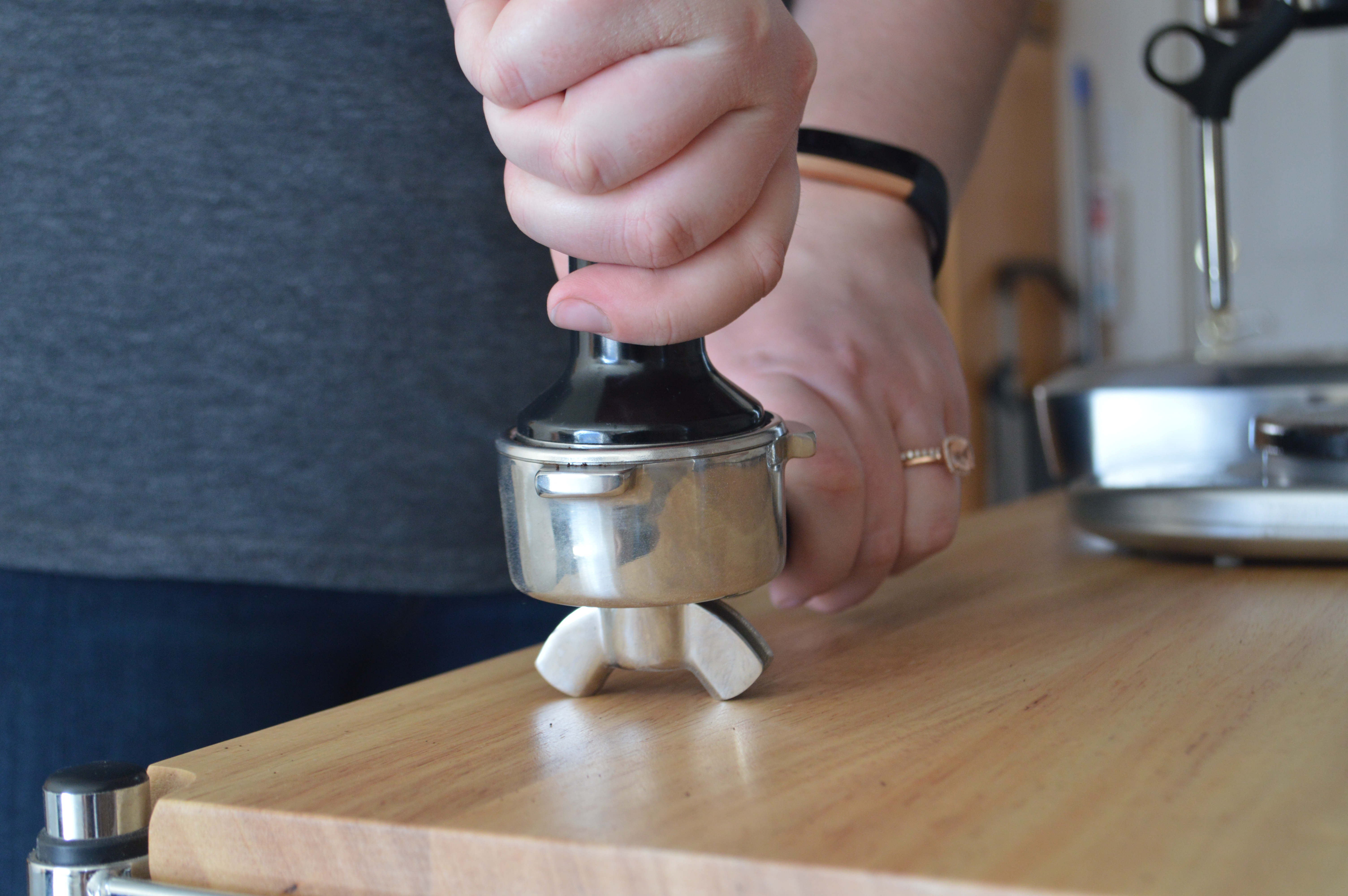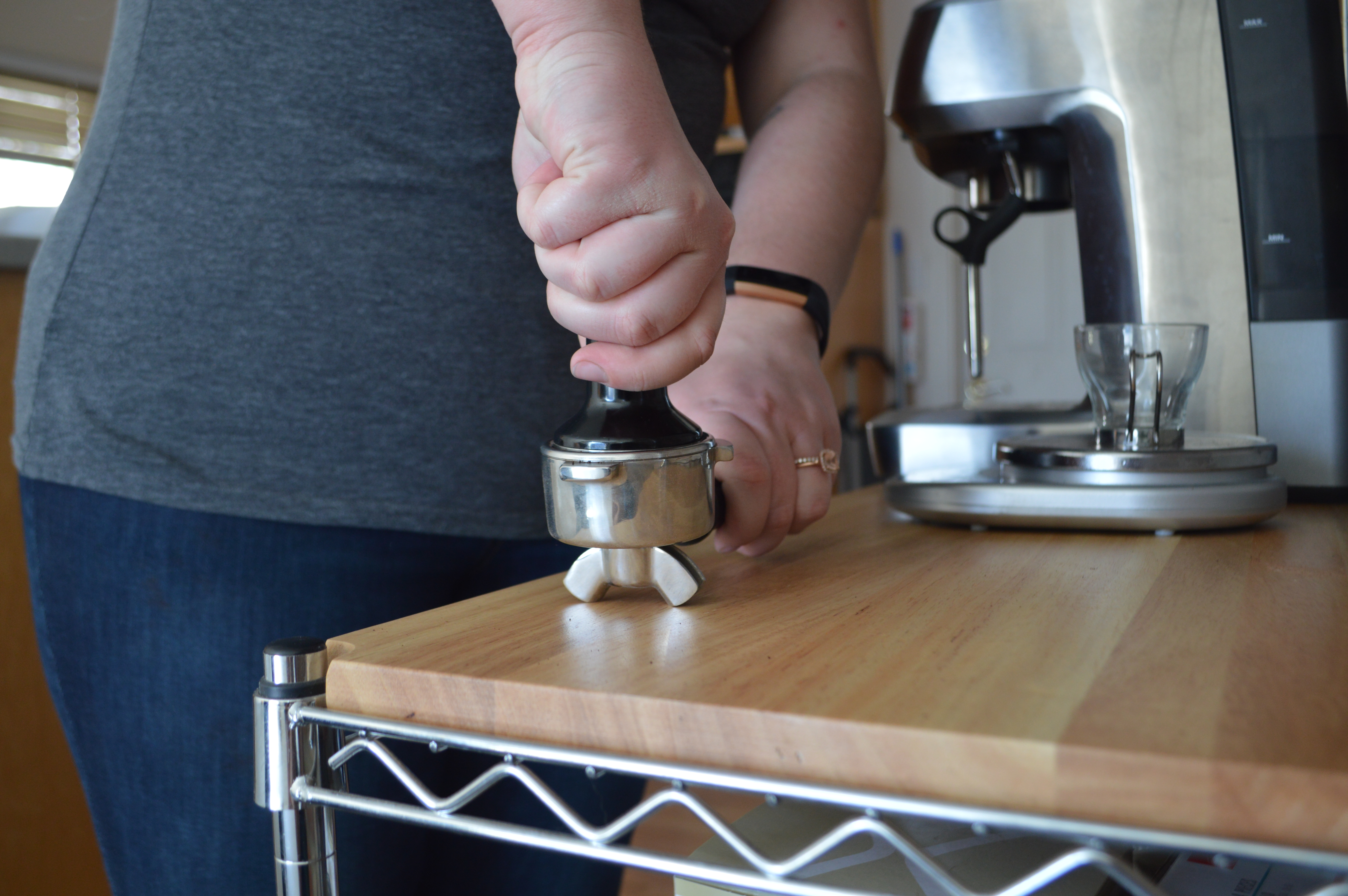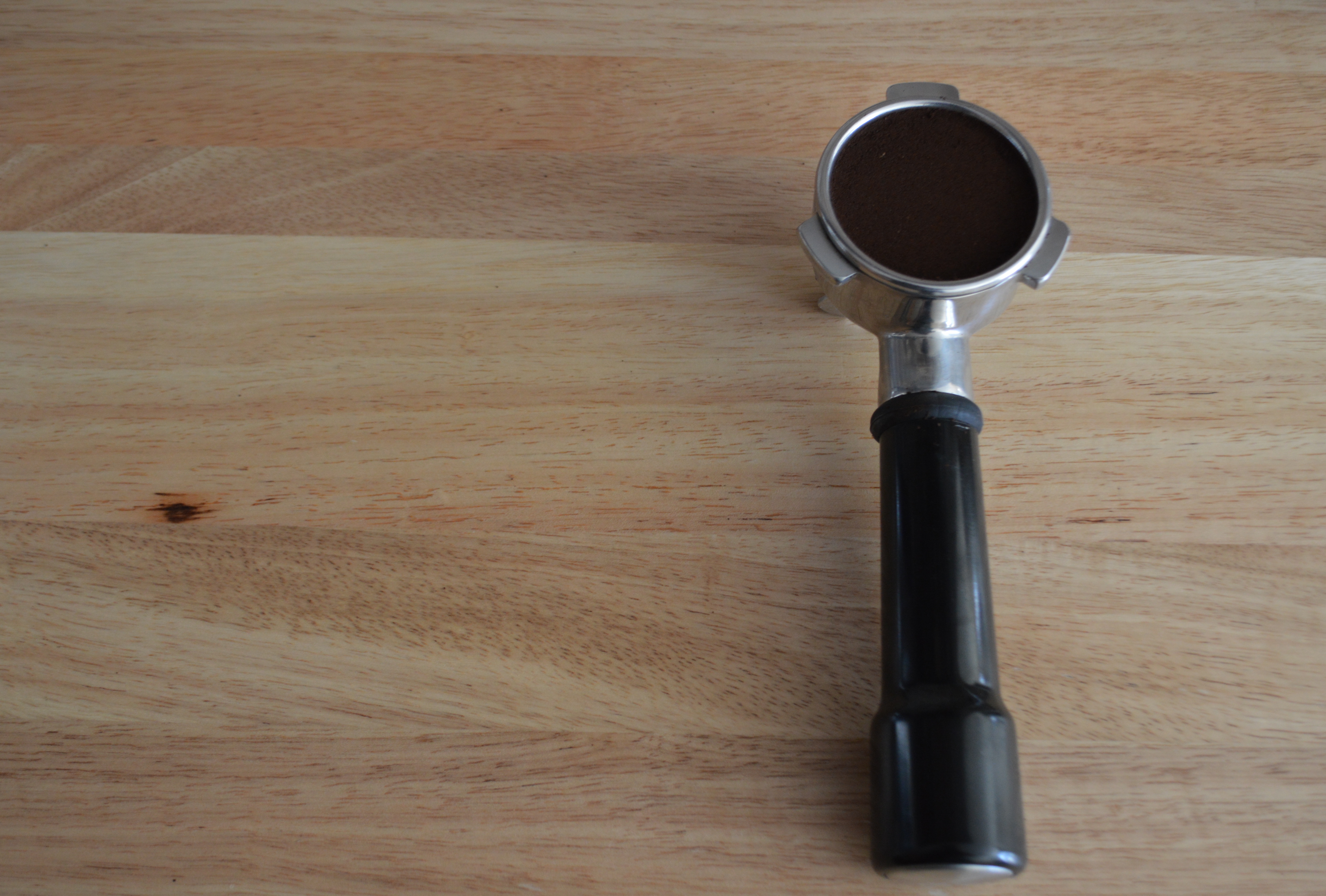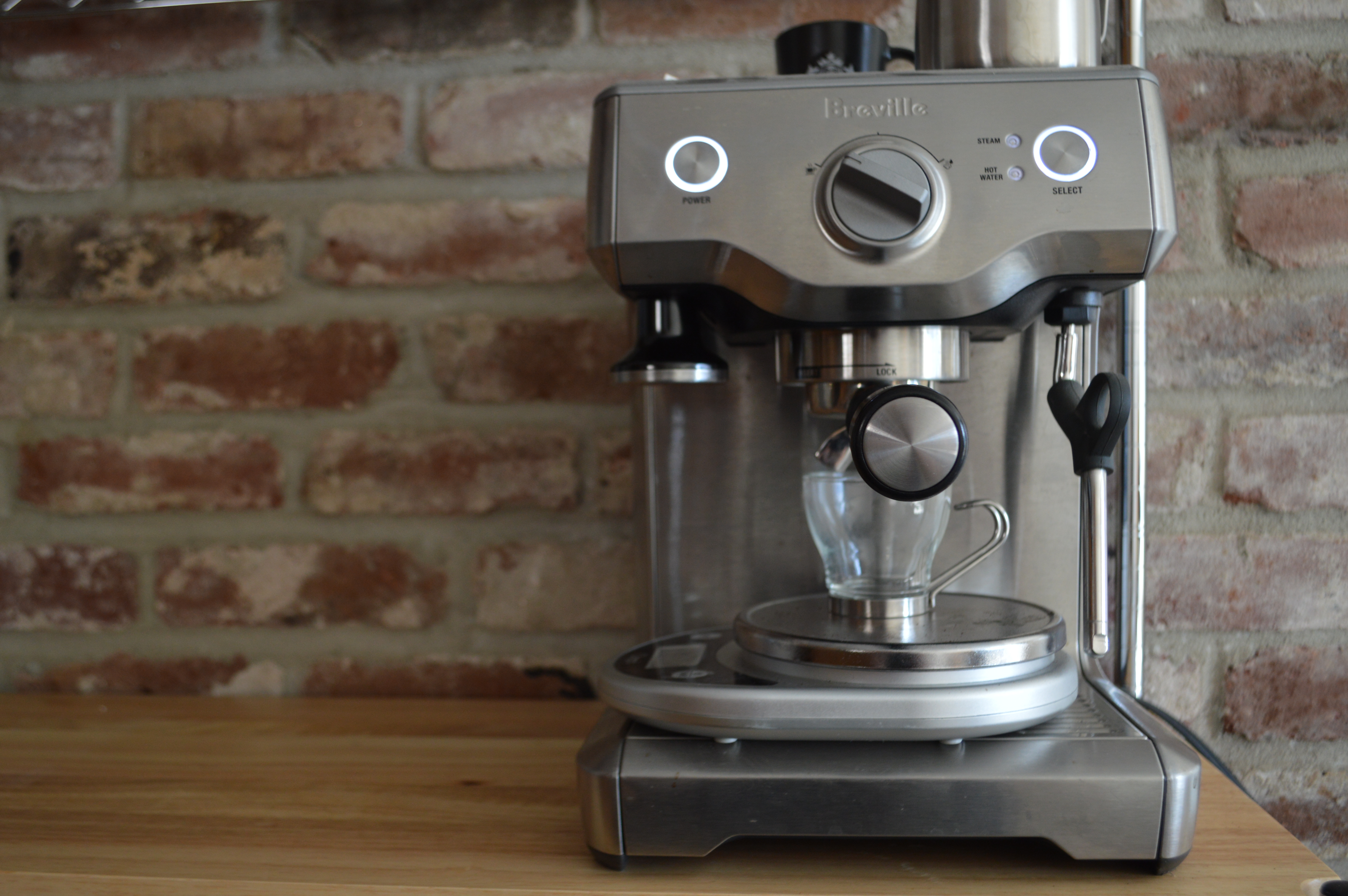Let's talk about espresso. As a Starbucks barista who moved from a core store (most Starbucks stores you are used to) to a reserve bar (elevated Starbucks store) I moved from an automatic mastrena to a classic black eagle espresso machine. I no longer press a button and have the machine do all the work for me. I now control the grind, dosing, tamping, and brewing of the espresso. Because of this I wanted to delve deeper in to the art of pulling espresso.
The basic idea of espresso is water forced through finely ground coffee at about 9 bars or 130 pounds of pressure. There are three layers in the final espresso that Starbucks recognizes and looks for; the heart, body, and crema. The heart is the darkest layer at the bottom of the espresso. The body is a lighter brown middle section. And the crema is the lightest brown foam that naturally forms as the espresso pulls. The crema is what the specialty coffee world focuses on because this layer of espresso is what gives you the contrast necessary for pouring latte art.
We begin our espresso journey by dosing the correct amount of ground coffee into our portafilter (the metal basket and handle of an espresso machine). According to the Specialty Coffee Association, the ideal weight of espresso is between 14-18g of coffee. All though there is a growing movement within the community to dose between 18-20g of coffee. It is also important to 
Next you tamp the espresso. The term 'tamping' means to compress the coffee grounds. This stage is important because if not done properly the resulting espresso may taste sour or bitter. 

Once you are finished tamping, your puck should be smooth and flat. You can then insert your portafilter into your espresso machine making sure to lock it into place. 
Depending on your machine you may have one that automatically stops after a certain amount of water has been dispersed, or you may have to stop it yourself. My home espresso machine, the breville duo-temp pro, requires you to stop the water yourself. 
If your espresso is not reaching 2 oz. in 20-30 seconds you may want to double check your grind. It is possible the grind is too fine which is not allowing the water to pass through quickly enough. If the espresso is reaching 2 oz. sooner than 20 seconds your grind may be too coarse allowing the water to pass much too quickly through the puck.
This process may seem daunting, but I promise the perfect shot of espresso makes it all worthwhile.